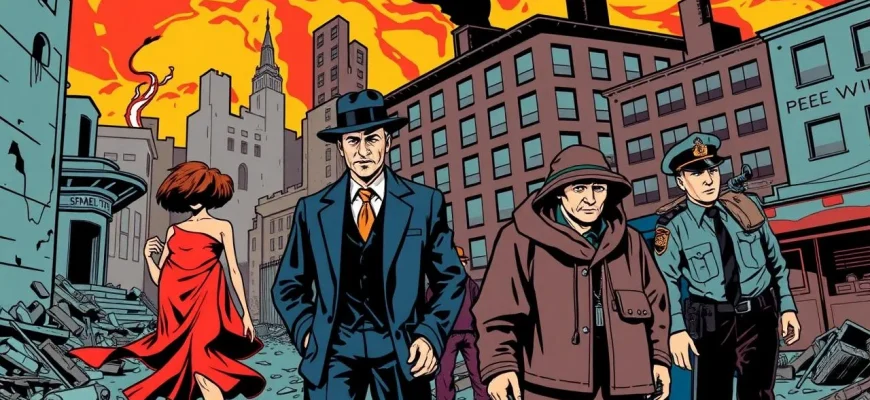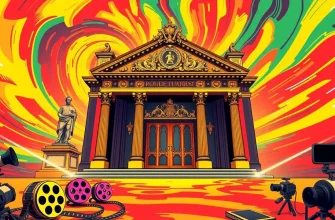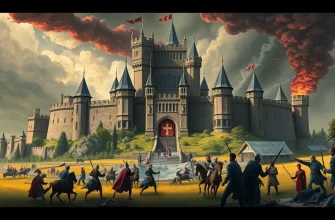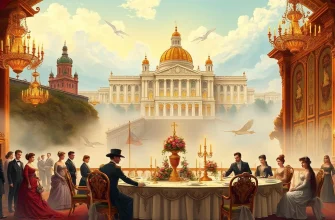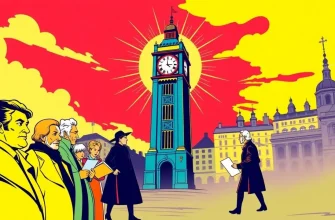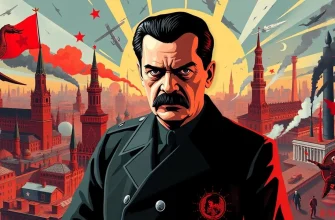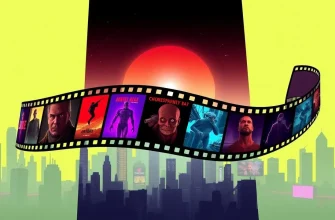The Great Depression was a time of economic turmoil and social upheaval, providing a rich backdrop for stories of desperation, crime, and survival. This curated list of 10 thriller films set during this era offers a unique glimpse into the struggles and resilience of individuals against the backdrop of economic despair. Each film in this collection not only entertains but also provides a historical context, making it a valuable watch for those interested in both cinema and history.
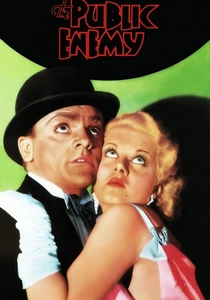
Public Enemy (1931)
Description: This classic gangster film captures the essence of the Depression era, focusing on the rise and fall of a bootlegger during Prohibition, reflecting the economic desperation of the time.
Fact: The film was one of the first to use the term "public enemy" in reference to criminals, influencing the FBI's later use of the term.
 Watch Now
Watch Now
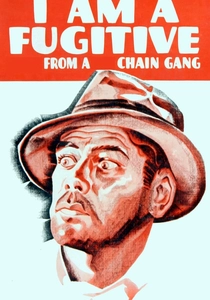
I Am a Fugitive from a Chain Gang (1932)
Description: This film tells the story of a man wrongfully convicted and his escape from a brutal chain gang, highlighting the injustices of the time.
Fact: It was based on the autobiography of Robert E. Burns, who actually escaped from a chain gang.
 Watch Now
Watch Now
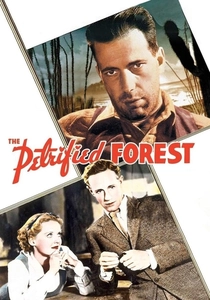
The Petrified Forest (1936)
Description: Set in a remote diner, this film explores themes of existential despair and crime, with a backdrop of economic hardship.
Fact: Humphrey Bogart's performance in this film helped solidify his image as a tough guy, leading to his iconic roles in later films.
 Watch Now
Watch Now
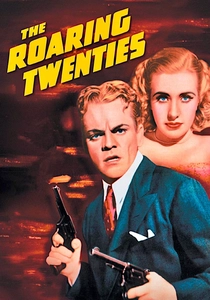
The Roaring Twenties (1939)
Description: Although set in the 1920s, the film's climax occurs during the Depression, showing the transition from prosperity to despair, with elements of crime and drama.
Fact: The film was one of the last collaborations between James Cagney and director Raoul Walsh.
 Watch Now
Watch Now
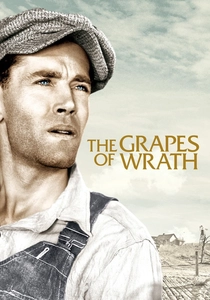
The Grapes of Wrath (1940)
Description: While not a traditional thriller, this adaptation of Steinbeck's novel captures the gritty reality of the Depression, with elements of suspense and survival that make it a compelling watch.
Fact: John Ford won the Best Director Oscar for this film, and it was also nominated for Best Picture.
 Watch Now
Watch Now
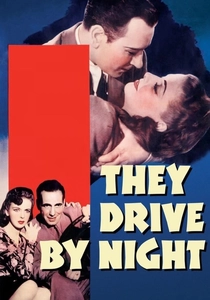
They Drive by Night (1940)
Description: A noir thriller about truck drivers during the Depression, showcasing the economic struggles and the lengths people went to survive.
Fact: The film was remade in 1947 as "The Unsuspected," but the original is considered more authentic to the era.
 Watch Now
Watch Now
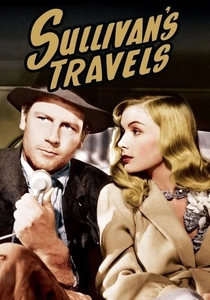
Sullivan's Travels (1941)
Description: This film blends comedy with thriller elements as a director experiences the harsh realities of the Depression firsthand, offering a satirical look at Hollywood's portrayal of poverty.
Fact: The film was inspired by the real-life experiences of director Preston Sturges, who himself traveled with hobos to understand their plight.
 Watch Now
Watch Now
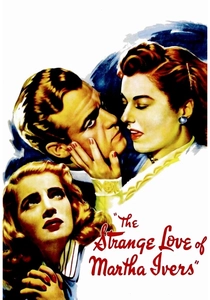
The Strange Love of Martha Ivers (1946)
Description: This noir thriller delves into the dark secrets of a wealthy woman's past, set against the backdrop of the Depression's aftermath.
Fact: The film was originally intended for Olivia de Havilland, but she turned it down, leading to Barbara Stanwyck's iconic performance.
 Watch Now
Watch Now
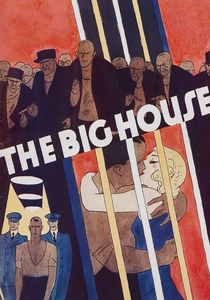
The Big House (1930)
Description: While not directly about the Depression, it captures the overcrowded prison conditions of the time, reflecting the societal impact of economic downturn.
Fact: The film was one of the first to use sound to enhance the realism of prison life.
 30 Days Free
30 Days Free
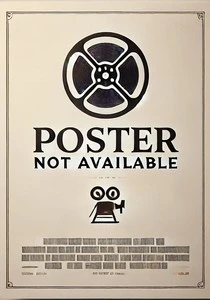
The Public Defender (1931)
Description: This film follows a lawyer who defends the poor and downtrodden, showcasing the legal and moral dilemmas of the Depression era.
Fact: The film was one of the earliest to portray the role of public defenders in the American legal system.
 30 Days Free
30 Days Free

